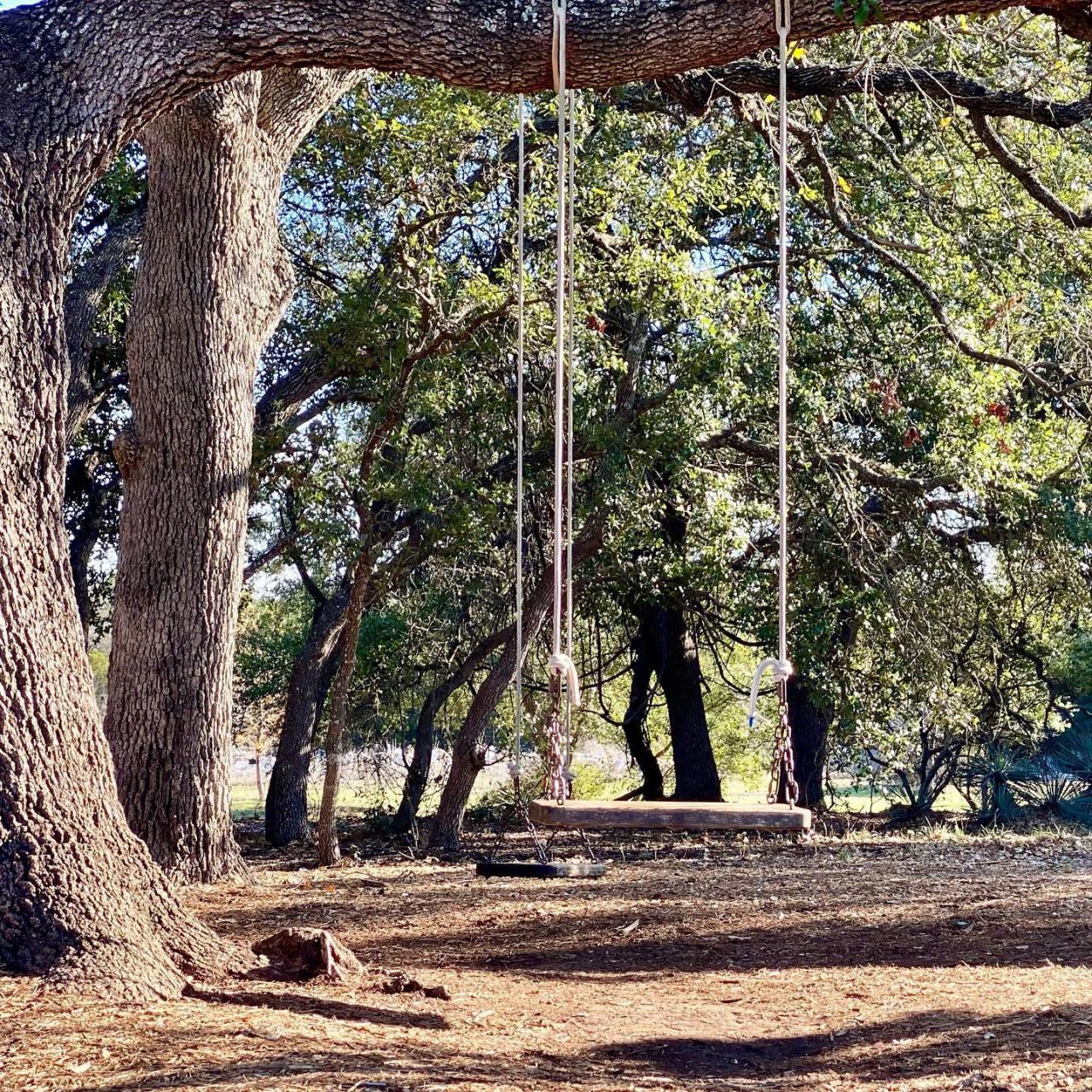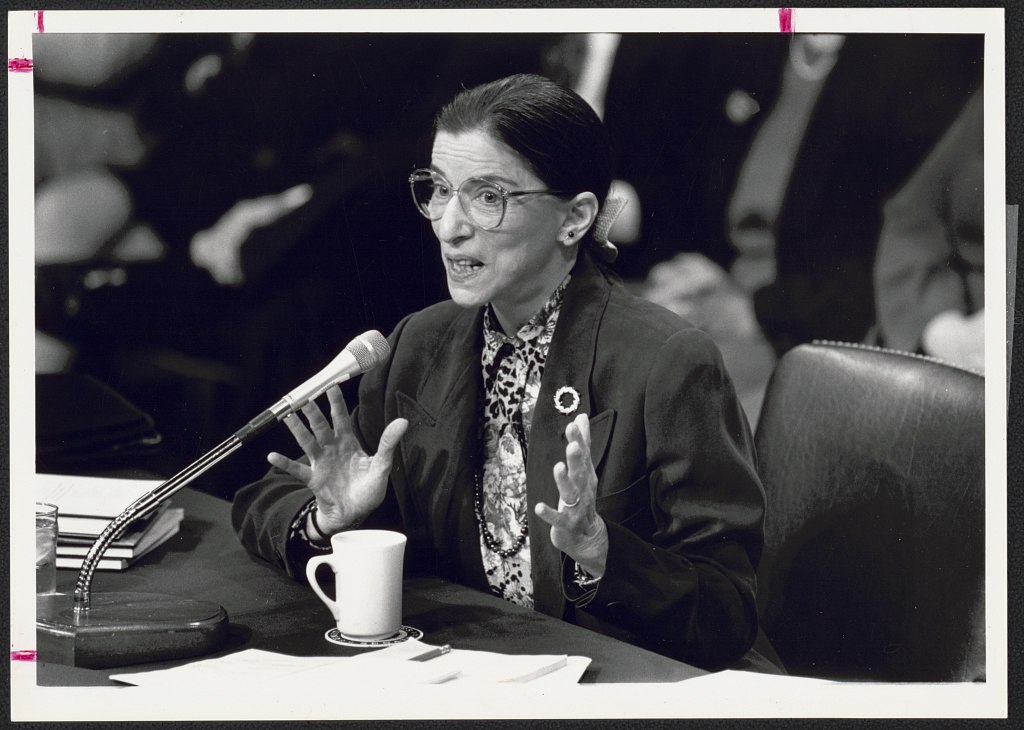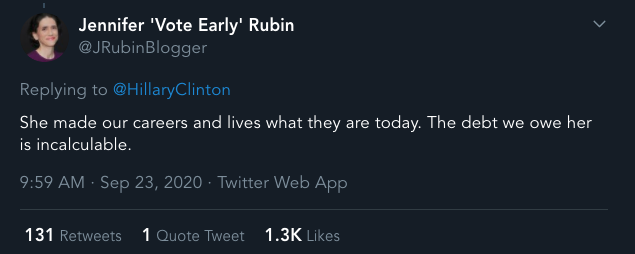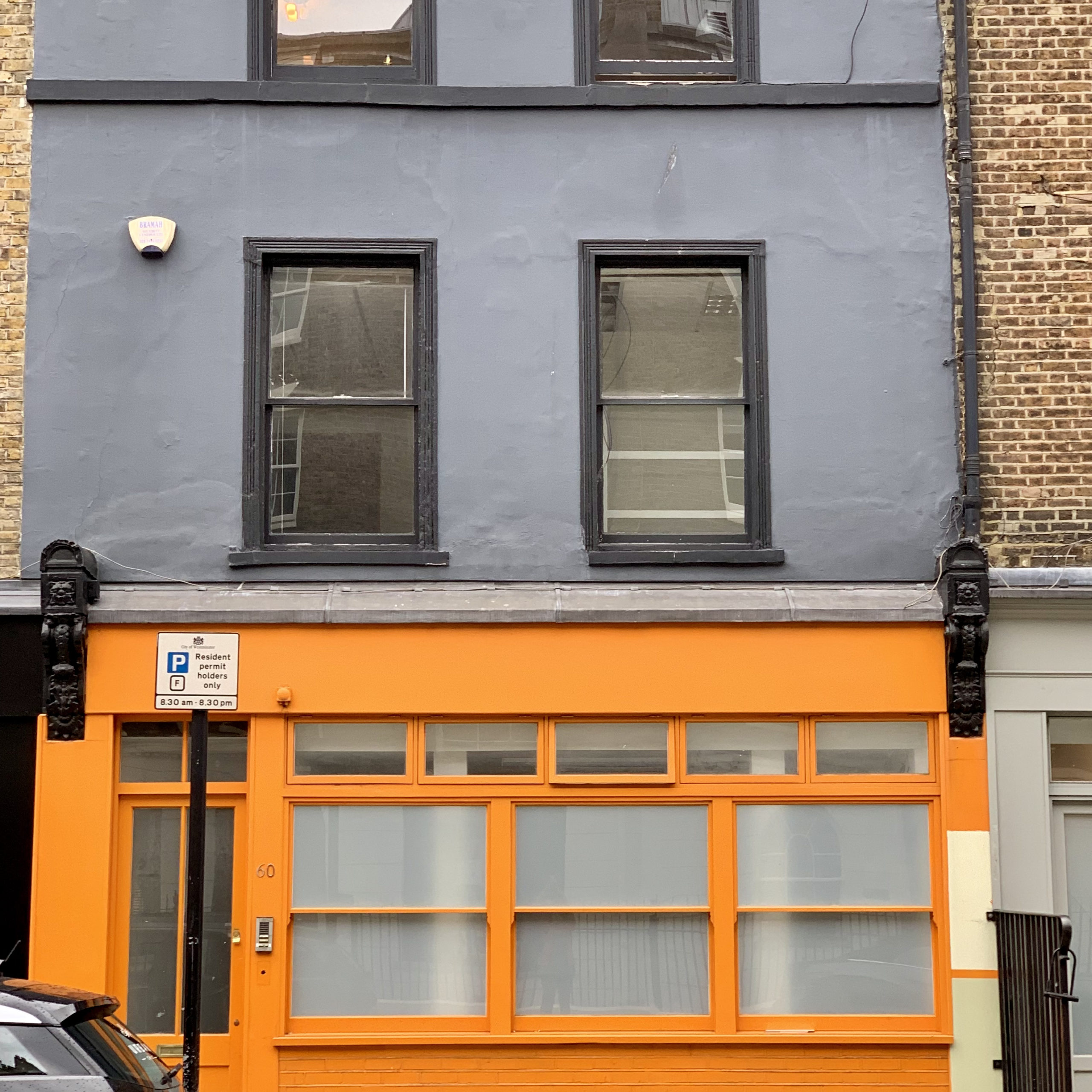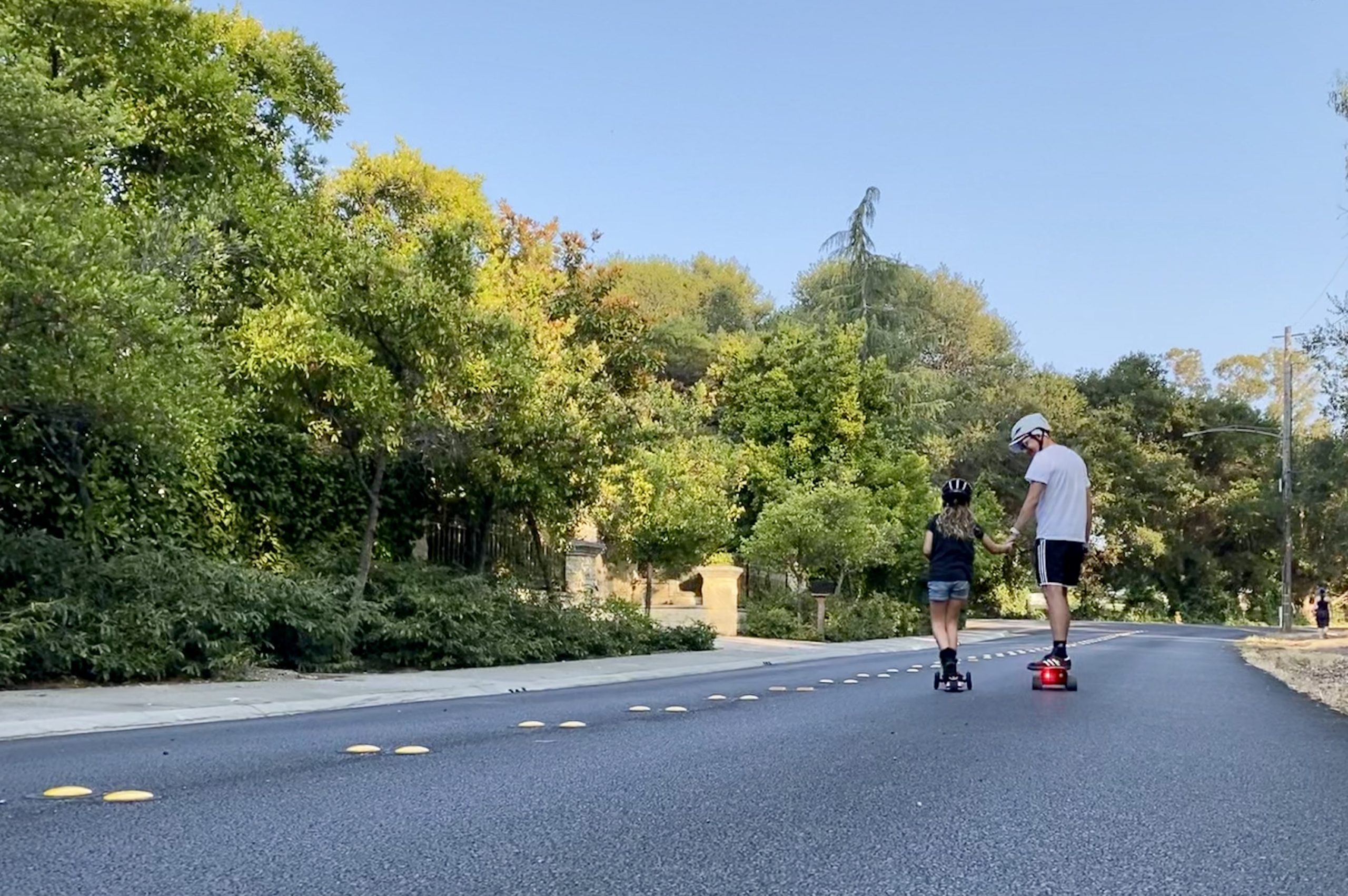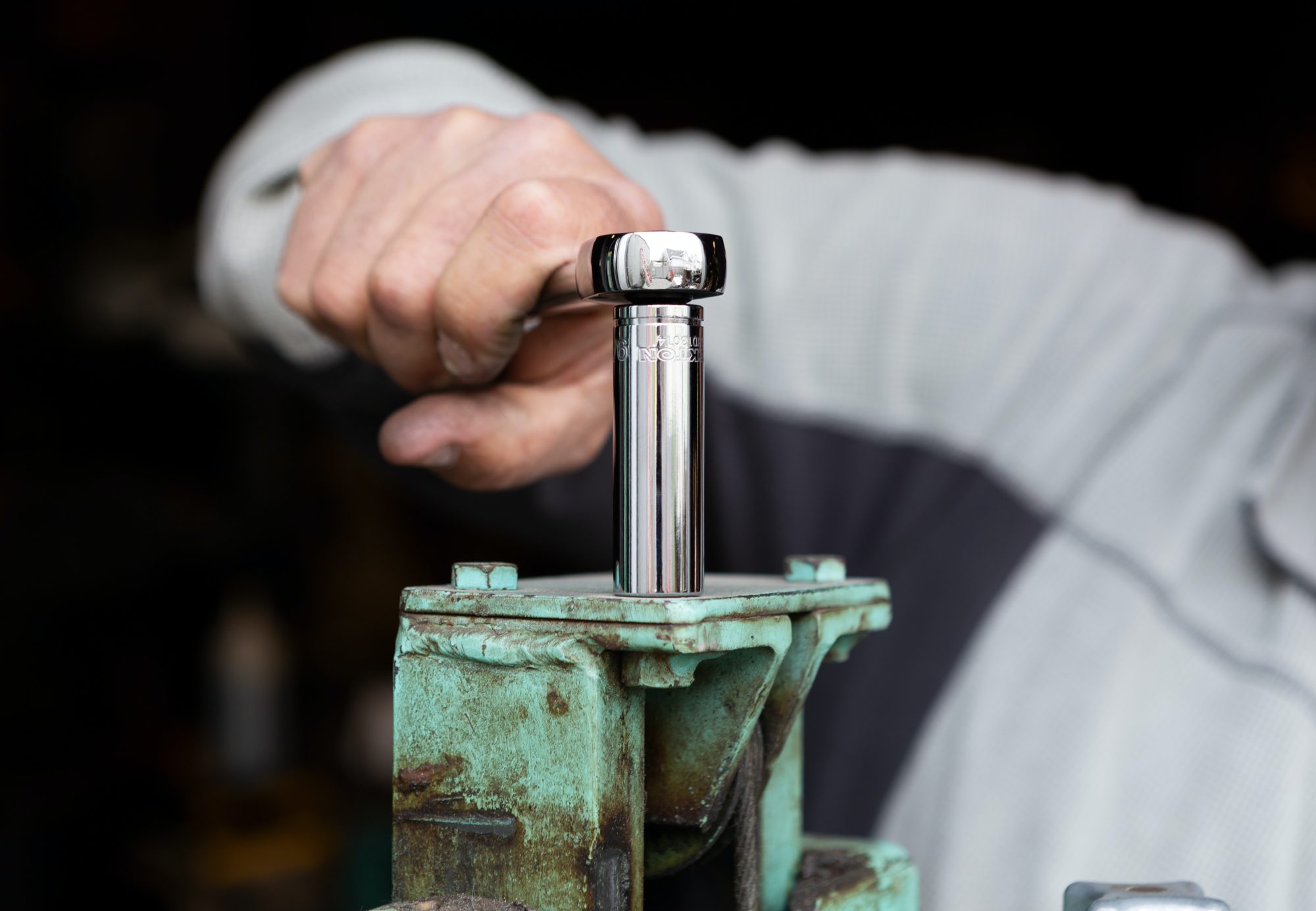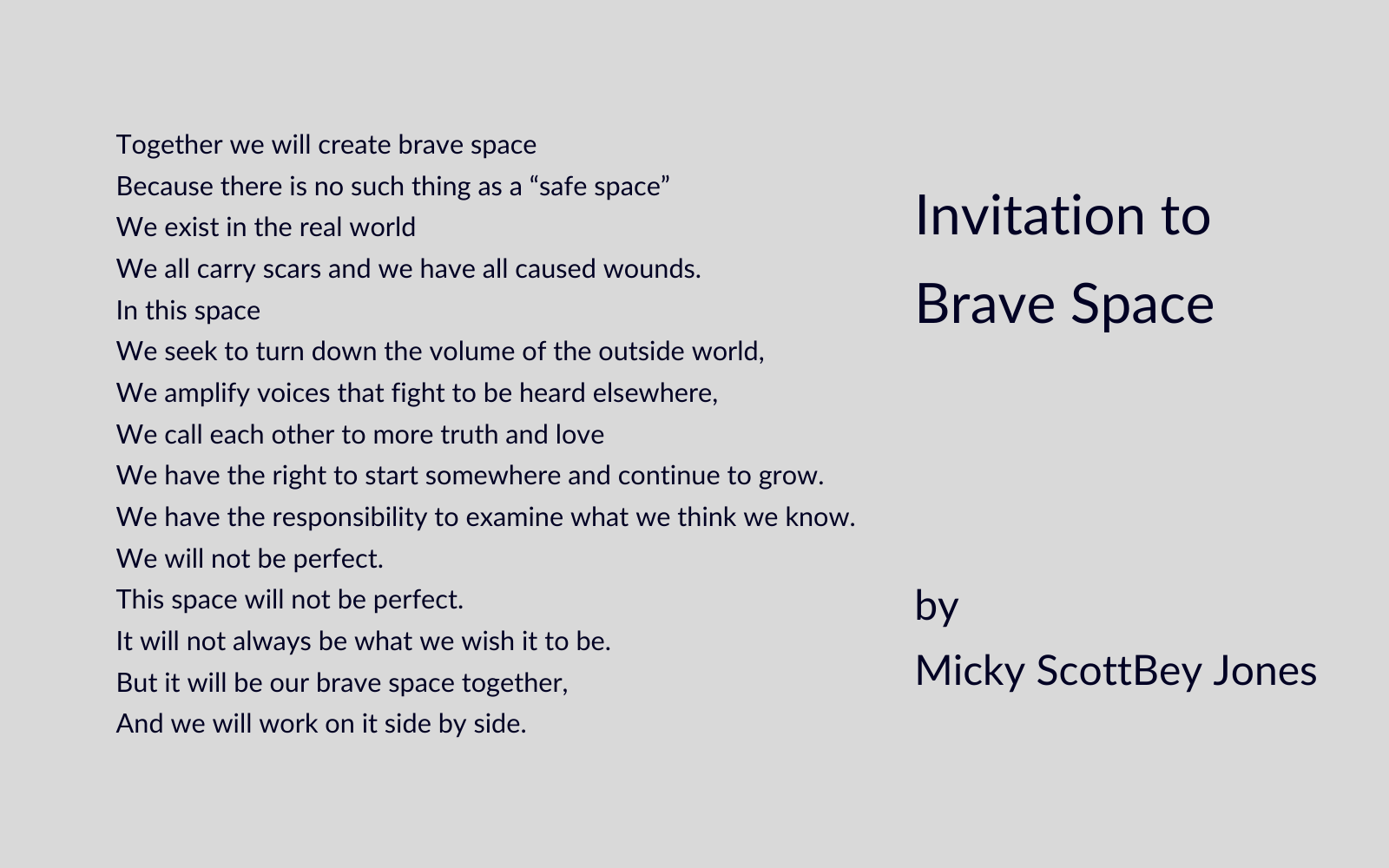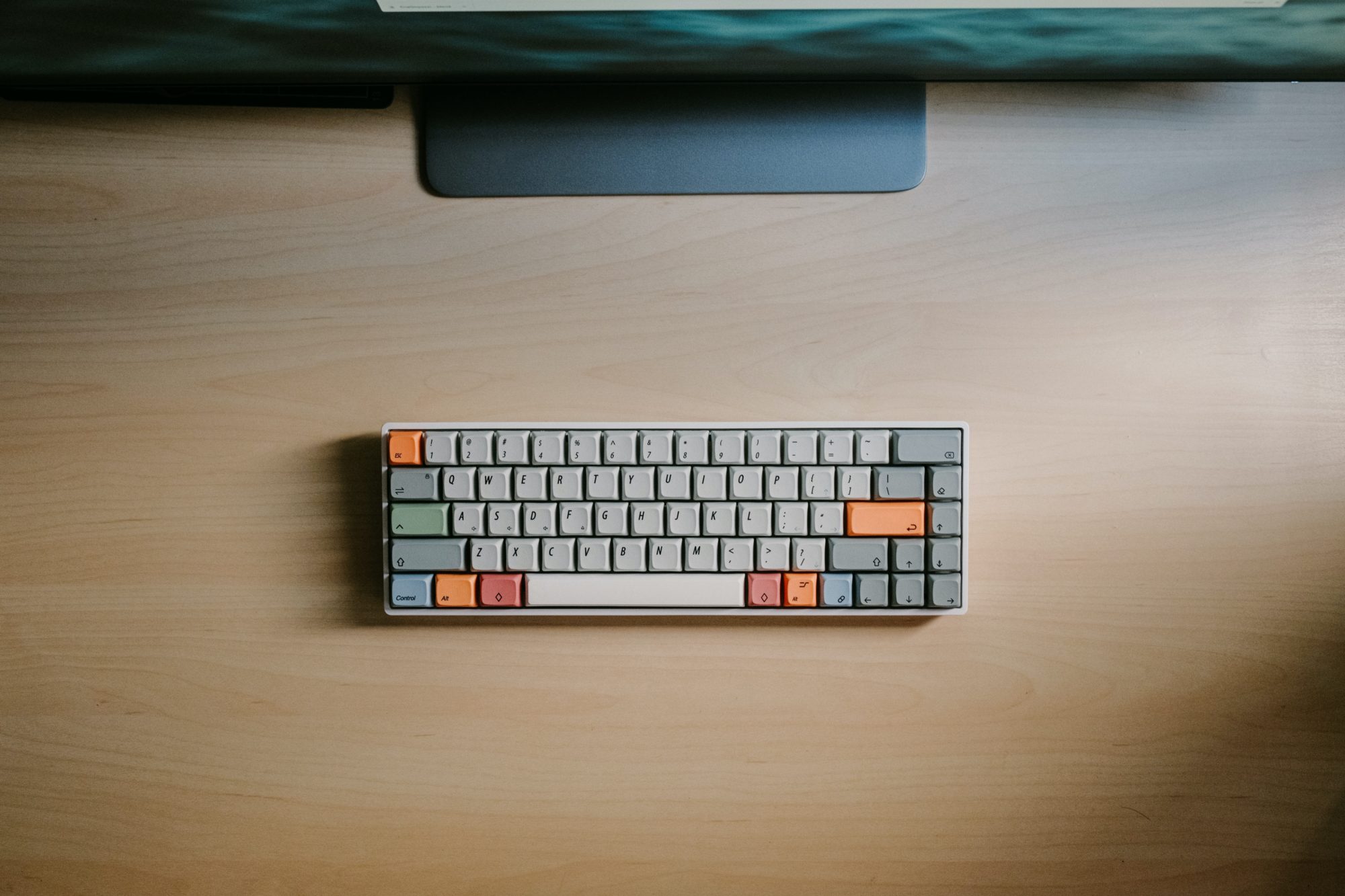
This has been the most insanely difficult year. And that’s saying something, because a couple of years ago, I lost all my hair!
One of the ways I have tried to keep my sanity is by finding mini-obsessions. For me, a mini-obsession has to check two boxes:
- There are layers upon layers, and you can choose how deep to dive.
- The objects of obsession are relatively moderately priced. So no cars, or watches, or high-end anything.
The first mini-obsession that I picked several months ago was house plants of all sorts, including bonsai. I have never been able to keep a bonsai alive. Bonsai retailers should just rebrand to “we grow them, you kill them”—at least when they are targeting me with ads. And so I decided to actually take a mini-course on bonsai (and yes they exist, online of course).
My first bonsai was a jade, which I thought would be easy. And it was, until I decided to try to wire the bonsai to make it look like a “real” bonsai. I also decided to re-pot it with my newly found “skills” (what was I thinking?!). So, yeah… the lovely little tree is now a stump.
I then decided to hold off on the more advanced techniques of wiring and re-potting and got a lovely little Chinese Elm that is pre-shaped. All I have to do with this one is water it. So, fingers crossed. But during the course of this mini-obsession, I learned about bonsai, their history, the care (ahem), how to wire and shape them, how to water them, the differences between indoor and outdoor bonsai, and the various tools used to shape them.
Given my desire to not harm any more living creatures during the pandemic, I then decided to shift my focus to inanimate objects, where the most I could do was lose interest.
My friend Ellen told me about her shiny new mechanical keyboard, and the seed for a new mini-obsession was planted. Growing up, I used mechanical keyboards (b/c I’m old), but in the recent past, the joy of using one is something I’ve missed. And so it began.
As a Mac user, I found there were a relatively small number of keyboards that are made to work with the Mac out of the box. In this case, you get a piece of software to remap your keyboard. But after years of using the super-slim Apple bluetooth keyboards, I did not want to return to wired keyboards.
Voilà, the Keychron K2 was the perfect keyboard. The next decision was what kind of switches I’d want. Switches are the mechanism that lie under the keycaps and above the board. There are three versions, and I knew I didn’t want the super-loud clicky ones. So at first, I went with the linear Gateron reds. Lovely.
But soon, I realized that on some keyboards, the switches could be swapped out without any soldering. So then, I got the K6, which allows hot swappable switches. This time, I chose the tactile Gateron brown switches. But the whole world of switches was calling out to me. After getting a Gateron switch tester, I realized the ZealPC switches are even nicer than the Gateron ones, so… I had to get the tester for the Zeal switches. And then I fell in love with the Zilents, which are both tactile and relatively silent.
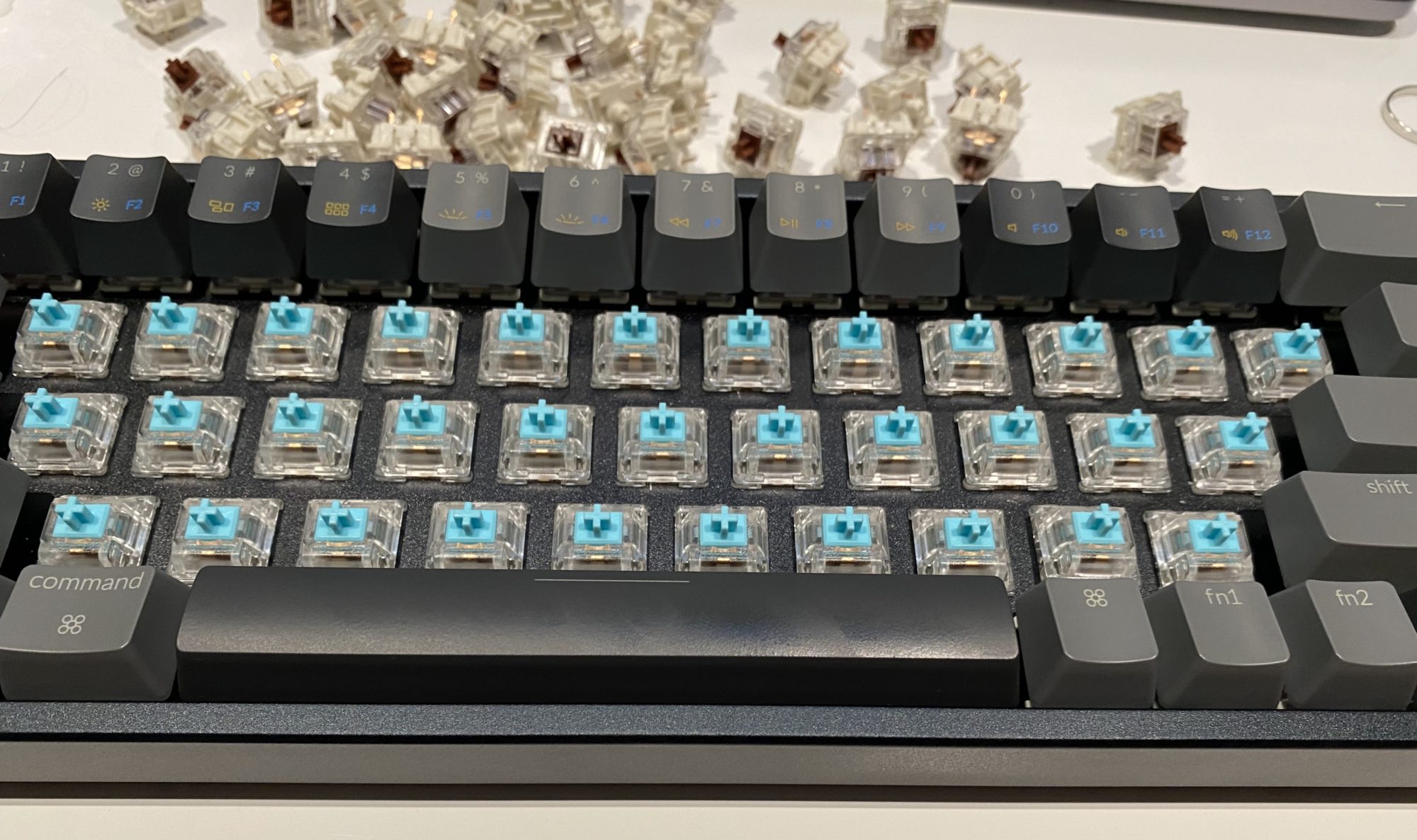
So that’s mostly where I am, besides of course having ordered 2 amazing sets of keycaps (ABS, PBT, and Pudding are the major varieties) and a couple of custom keycaps, too.
Except, I have now realized that some of the keys, particularly the spacebar, backspace, and right shift key are not very silent, even with the Zilents. So, I’m off to learn about stabilizers, foam, lubing, band aids, and the like.
While looking into that, I came across this most beautiful video of someone rebuilding a K6 keyboard. The level of detail, the fantastic editing, and the sheer love is wonderful to watch. While the tests of the keyboard sounds before and after are aural ASMR, the whole video is ASMR for the soul.
I have no idea how long this pandemic is going to last, or how much anxiety the election will cause, but these mini-obsessions have given me a focus on learning in a sphere where there is no upside, no downside, no specific purpose besides curiosity and the desire to learn and relax. I love spaces where the more you dig, the more there is. There is also a joy in discovering a community that is passionate about something relatively obscure, seeing the love and work they put into sharing knowledge. In this particularly tough year, these obsessive learners, artists, and creators give me hope in humanity.
